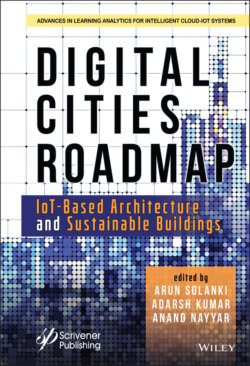Читать книгу Digital Cities Roadmap - Группа авторов - Страница 23
1.5.2. Exposures and Disturbance Events
ОглавлениеAs seen in Figure 1.5, exposure incidents (disturbances) are considered to reflect, in theory, all future occurrences that may have implications. Resiliency, ecological models and analyses can include exposures.
Type-1 Hazards: The related threats are manageable in broad enough time and room, rendering their management far simpler. Geohazards such as earthquakes, flooding, waves, etc. are common manifestations of this form of hazards [37, 41, 43, 44].
Type-2 Hazards: They may be correlated with catastrophic combined effects on adequate time and space scales. Furthermore, their cumulative effects may cause the same characteristics as the hazards of type 3 to have more disastrous consequences. Typical cases include biological pollution, misuse of land, plant destruction, ineffective or poor management, insufficient financial planning, human mistakes, etc.
Type-3 Hazards: Very unusual and possibly catastrophic occurrences, also in broad sections of time and space, that are unforeseen and about which little evidence is practically available. The cumulative effects of type 2 hazards may be triggered. Examples include volcano eruptions, meteor collisions, solar storms of extreme severity, rapid temperature change as well as significant terrorist activities.
